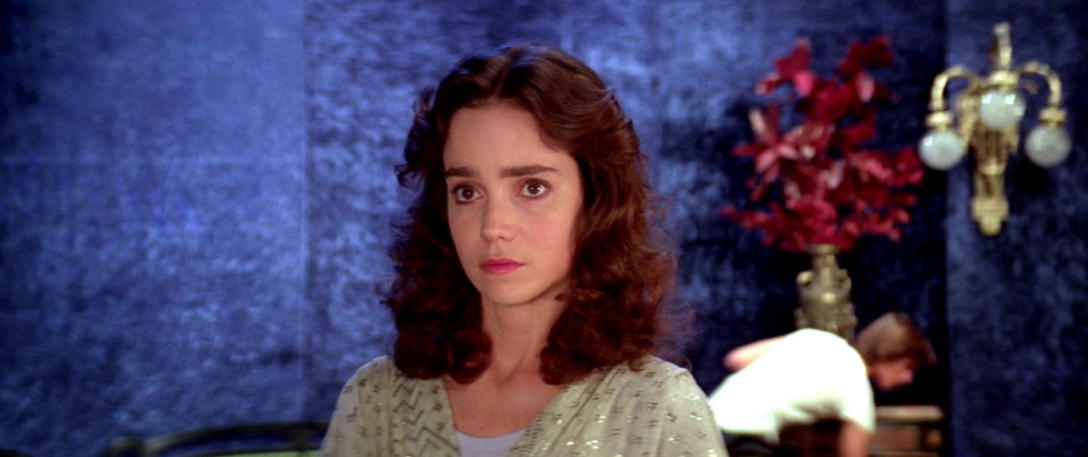Suspiria. It’s a name that rolls off the tongue, dripping with sibilance, serpentine. It’s eerie, and it’s strange. It’s a perfect title for a film such as this.
I had a lot of anticipation for this film, having heard a lot about it, knowing that it would be something that I’d never experienced before. It was going to be this mysterious, scary, shocking thing. I knew roughly what it was about and that it was considered essential viewing, but it was impossible to be prepared for what I’d actually see.
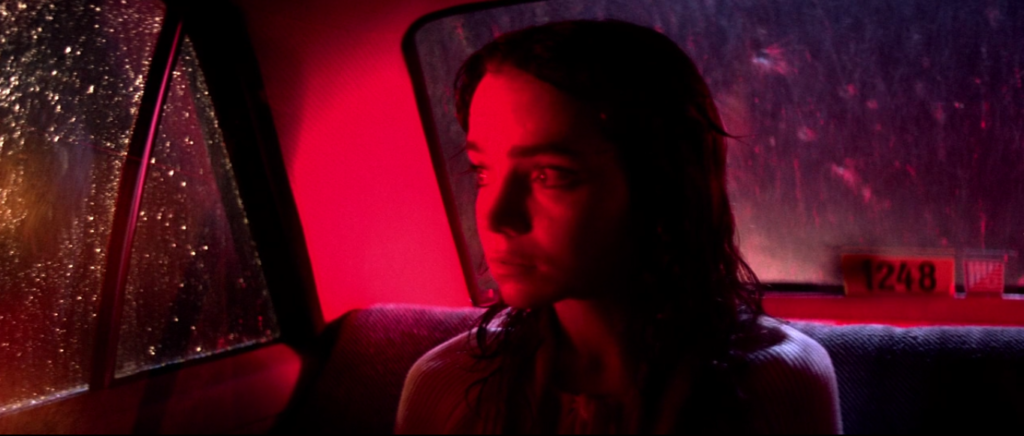
To reveal too much of the film’s plot is to spoil the fun of it, so I will only be brief. Suzy Bannion (Jessica Harper) is an American dancer who earns herself a position at the prestigious Freiburg Dance Academy in Germany. However, upon her arrival, a whole host of sinister supernatural occurrences begin to plague her and her fellow dancers, including her new friend Sara (Stefania Casini).
Suspiria is inspired by Thomas De Quincy’s 1845 essay Suspiria Profundis, with the title of the film relating to one in a fictional trio of ancient witches, Mater Suspiriorum. So, Suspiria is concerned with witches and witchcraft and ancient, terrifying magic. But Suspiria also sounds like suspicion, which ties in greatly with the ideas of the film – Suzy and Sara spend much of the film concerned that something sinister is going on at their dance academy and trying to find out what it is.
A lot of publications have rated Suspiria in their top scariest films of all time, and I definitely think it deserves this merit, but not for the reasons you’d think. It’s not what I would consider an overtly scary film, like The Conjuring or The Babadook. Instead, it’s an uncomfortable film – everything in it is designed to make you feel the greatest sense of unease as a viewer. And this is where the film excels.
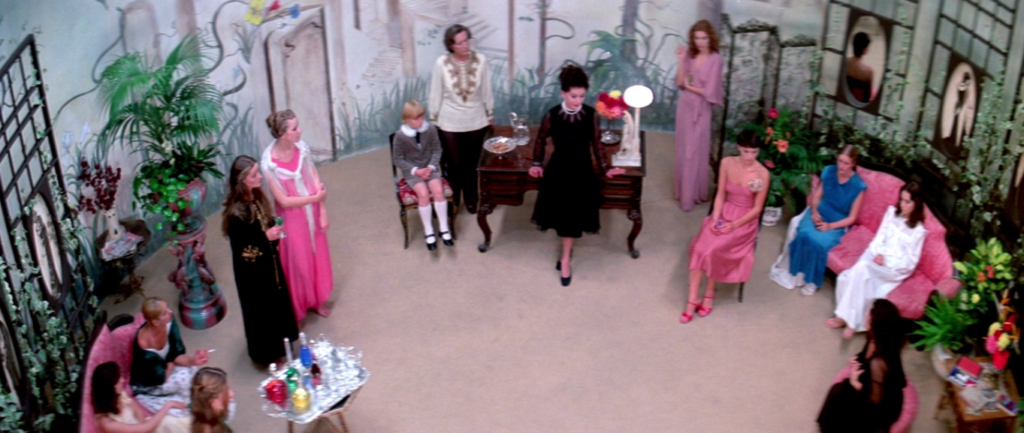
For one, the film is masterful in the way it is shot. Such lavish sets, practically dripping with richness and vibrancy, like an over-iced cake. This concept carries over into the lighting – red, blue, green, all of those colours, all of the time. Nothing is ever dull. Nothing is ever dark, like a horror film is “supposed” to be. All of this “beauty” is too much, though, and it becomes a garish spectacle that looks like how it feels to have a very high fever. As I said, it is just too much. You feel uncomfortable but you can’t really pinpoint why.
Another way the film does an excellent job in making the viewer uncomfortable is in its pacing. The first act of the film is very fast-paced – a lot happens in a very short space of time. The rest of the film is slow, almost agonisingly so. Individual sequences, such as a character stuck in a locked room trying to escape an unknown entity, last forever. It’s deliberate, methodical. The tension continues to build. As a viewer it’s insufferable. Sequences like this in the film exist in a place where time isn’t real, just like in a dream.
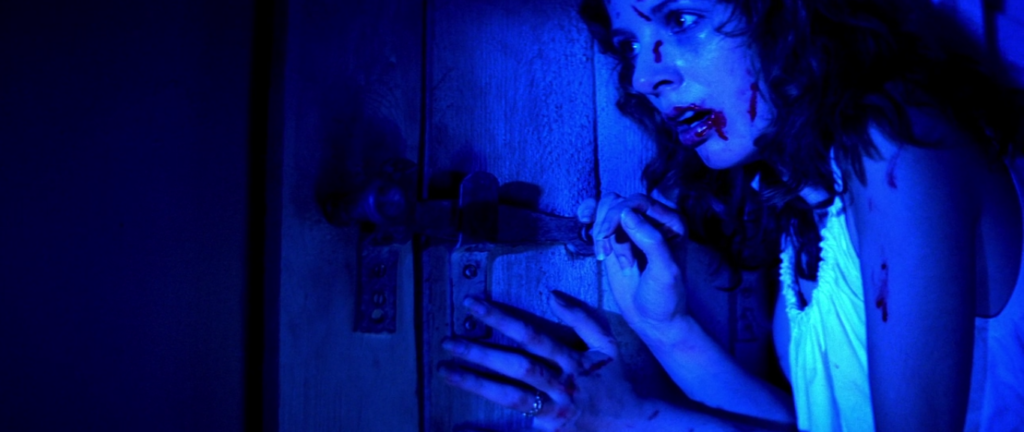
Then there’s the imagery. So much of it is horrible now, in 2021, so I can’t even imagine what it would have been like to see this film when it first premiered in 1977. We see a knife stabbing into an exposed heart. We see a woman falling into a room fall of razor wire. Some of it looks cheap and corny by today’s standards, of course. A horribly fake dog’s head ravages a man’s throat, and there’s a bat on a very visible string, but oddly, that just makes the film scarier. It has the kind of quality of a film you’d catch a snippet of while you were flicking through channels at 1am alone on a Saturday night when you were young, and you’d be haunted by it but could never find out what the name of the film was (for me that experience didn’t come from a film, it was an informative program about bushfire awareness that had such a scary score that I never forgot about it and it still makes me panic to this day.)
Speaking of scores, then, it’s apt that we’ve saved the best aspect of the film until last. The score is really this film’s crowing jewel. It’s horrible in all the right ways – every second you have to endure it, you are begging for it to end. It combines perfectly with all the other elements of the film that I have mentioned, and without it, I don’t think the film would be nearly as unsettling. Our first experience of it as a viewer is during the opening credits, where it at once rises to an atmospheric crescendo before giving way to sinister chimes, similar to other iconic scores from horror films of the 70s (I’m specifically thinking about The Exorcist or Halloween). Those chimes are repeated throughout, as is the wailing, the screeching, the total cacophony of sound. It never lets up for the entire run-time of the film. It’s exhausting, but that’s the point.
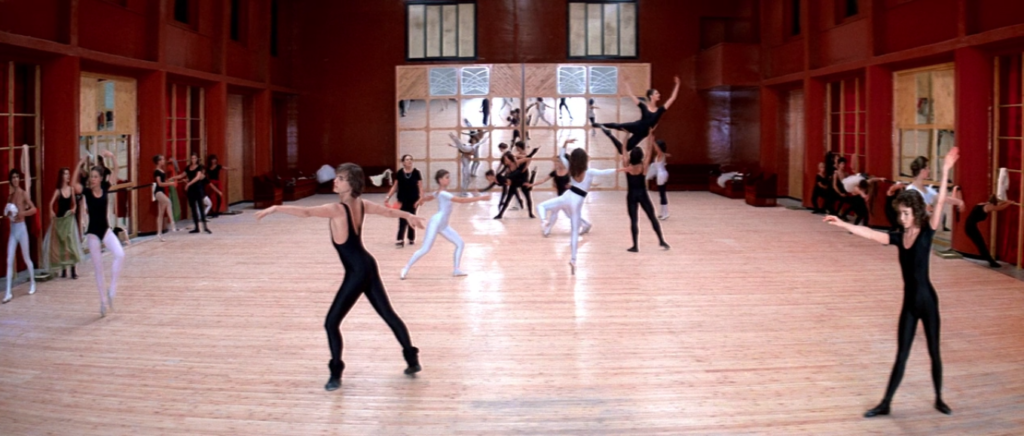
So, should you watch Suspiria? Yes. Yes you should. Especially if you’re interested in watching the 2018 remake with Dakota Johnson. You should watch both, but watch this one first. It might not force you to sleep with the lights on, but you’ll definitely be thinking about some of the things you’ve seen in the film as you lie there in the darkness.
BEST BITS:
– The band who did the score for this film is called Goblin, which is so incredibly fitting.
– This film somehow managed to make me physically disgusted about a bathroom sink. Good job!
– If you look up the word mise-en-scene in a dictionary any shot from this film should be next to the definition.
WORST BITS
– Some of the dubbing is uh… not so great.
– Also, some of the acting is uh… not so great.
– Some of the practical effects are more comedy than horror now.
FINAL RATING: 7/10
